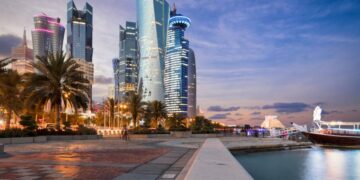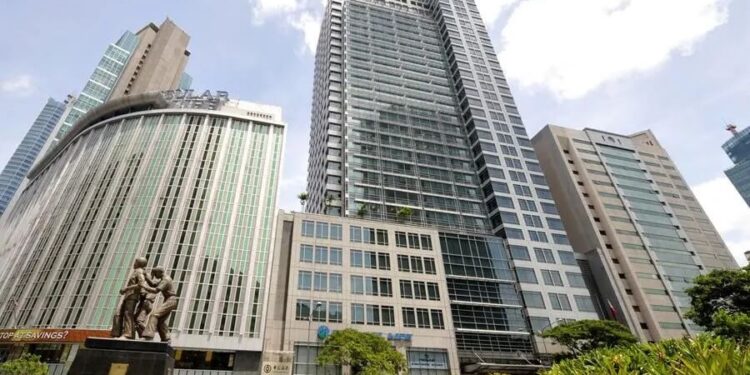This week’s GDP data provided even more evidence that India was experiencing a massive housing boom, raising hopes that the sector will continue to drive the country’s economy for years to come.
The construction industry had its strongest performance in five quarters, expanding 13.3% from July to September of last year over the same period last year, up from 7.9% in the previous quarter, according to data released on Thursday.
India became one of the major economies with the fastest rate of growth in the world as a result, growing at a rate of 7.6%, exceeding forecasts. On the other hand, China’s economy has been hindered by a debt crisis in its real estate industry, while Western economies have been squeezed by high energy and interest rates.
Millions of jobs have been created by the eagerly anticipated boom, which follows roughly six years of debt accumulation and a pandemic-induced decline before the construction industry started to rebound last year and take off this year. Strong population growth, a severe housing shortage in large cities, and rising incomes for many Indians have driven it.
The most populous country in the world faced a shortage of about 19 million urban housing units last year; government estimates indicate that by 2030, that number will have doubled.
“The robust growth in construction has significantly contributed to the economic growth – and is likely to play the same role in the next couple of quarters,” said Sunil Sinha, an economist at India Ratings and Research, an arm of rating agency Fitch.
Long-term optimism among builders is high; many predict that the boom will last two to three years, and some are even more sanguine.
“The housing market could continue to perform well for another three to four years,” Sanjeev Jain, managing director at Parsvnath Developers, a leading real estate company, noting that India is in the initial stages of a housing growth cycle.
According to real estate consultant Anarock, home sales in the country’s seven biggest cities—including Mumbai, New Delhi, and Bangalore—soared 36% to over 112,000 units in the July–September quarter compared to the same period last year, despite an 8–18% increase in prices.
According to data from the consultancy, there was also a 24% rise in the number of new residential projects being introduced.
“The home sales are driven by first-time buyers, and nearly 80 percent of the houses have been bought by end users,” said Prashant Thakur, head of research at Anarock, adding that there was also strong demand from existing homeowners to move to more spacious apartments.
For instance, demand has been high in Mumbai despite an approximate two percentage point increase in interest rates, according to Jayesh Rathod, director of the Mumbai-based Guardian Real Estate Advisory.
According to him, his company has sold more than 5,500 apartments in Thane and around Mumbai thus far this year, a more than 50% increase from the same time last year.
Increases in big city workers’ salaries have been the driving force behind demand. According to EY estimates, average increases for industries like e-commerce, healthcare, retail, and logistics have stayed above 10% for the second consecutive year.
A Reuters poll predicts that home prices in India will grow more quickly than consumer inflation in 2019. Property analysts attribute this growth to higher earners buying up newly constructed luxury homes in urban areas.
According to construction companies, the demand for housing has increased significantly in smaller cities in the southern states of Tamil Nadu, Karnataka, and Gujarat, the home state of Prime Minister Narendra Modi. These companies attribute this increase in demand to worker migration from rural areas and income increases.
Additionally, by offering subsidies, the government is attempting to increase the supply of reasonably priced housing, which is promoting development in India’s smaller towns and cities.
Naturally, real estate company stock has increased.
The blue-chip Nifty 50 index has gained 12% so far this year, while the Nifty real estate index has increased by about 67%.
Among the notable victors are Prestige Estates Projects, which has increased by about 120%, DLF, which has increased by 67%, and Godrej Properties, which has increased by 52%.






































































